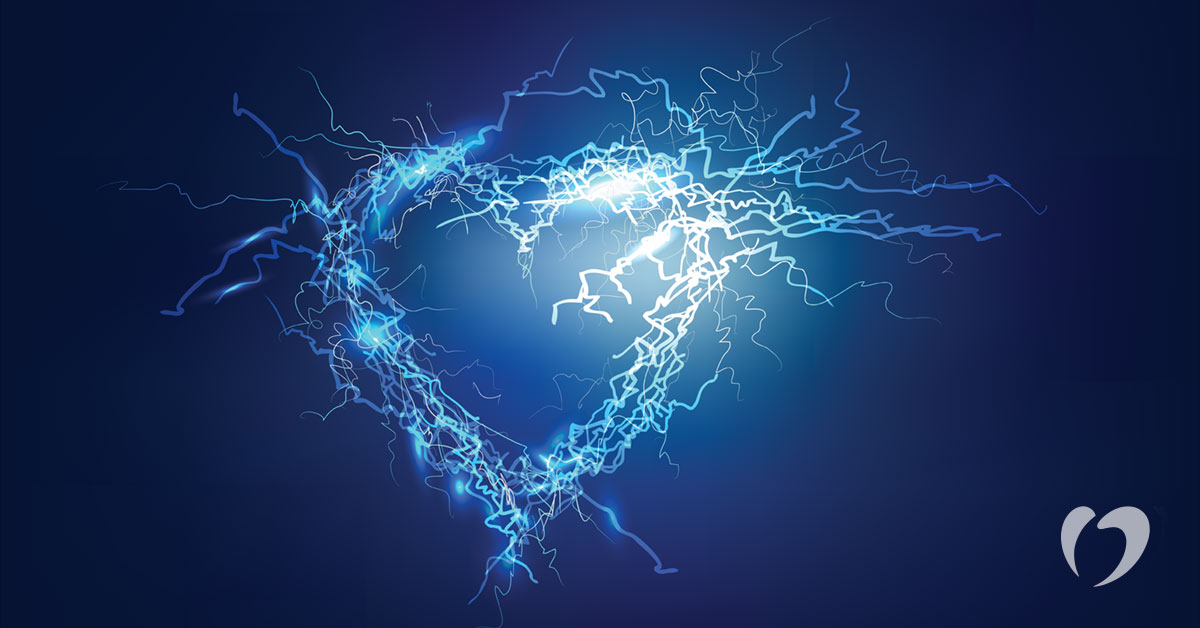How the Heart’s Electrical System Works

The heart is a muscle that uses a series of contractions to pump blood to and from the lungs and the rest of the body. These contractions are involuntary and are controlled and powered by the heart’s electrical system.
This conduction system stimulates each part of the heart to contract at just the right time to propel blood through the valves that separate each chamber of the heart. The system starts with the sinoatrial node, or SA node. This tissue is in the heart’s atria, or upper chambers. Under most conditions, your heart beats 60 to 100 times each minute. For each beat, the SA node sends out a signal that triggers the atria to contract and the beat to begin.
From there, the electrical impulse travels to the atrioventricular nodes, or AV nodes. These nodes send out a signal to the ventricles, or lower chambers, to contract after a brief slow down. The contraction of the ventricles ends a single heartbeat, and then the process starts again.
The atria beating a fraction of a second before the ventricles allows the blood held in the atria to travel to the ventricles. There, the blood is pumped to the lungs for oxygen or to the rest of the body.
Sometimes problems occur in the heart’s electrical system that cause arrythmias. Common disorders of the electrical system include the following conditions.
Atrial fibrillation
AFib is one of the most common arrhythmias. In AFib, the electrical system sends out extra signals in the atria (the upper chambers of the heart). This causes extra contractions that are quick and often irregular. This quivering heartbeat can feel like nothing at all or like a fluttering or skipped heartbeat. Often, fatigue and shortness of breath can accompany these feelings.
AFib is generally treated with medication or, in some cases, a surgical procedure to block the extra signals. AFib increases the risk for blood clots and stroke, so blood thinners may be prescribed to reduce that risk.
Premature ventricular contractions
PVCs are extra beats that stem from the ventricles, or lower chambers of the heart. This can feel like the heart skipped a beat or like it is beating extra hard. PVCs can occur after damage to the heart, such as a heart attack, and the extra beats may lessen over time as the heart heals from damage. If they do not, prescription medication can help regulate the contractions.
Tachycardia and bradycardia
Sometimes, the heart’s electrical system may send signals in the correct order, but they are sent too fast (tachycardia) or too slow (bradycardia). While your heart is constantly adjusting the rate of your heartbeat to account for movement or rest, the heart may consistently beat too fast or too slow or even switch between the two. Doctors can use medication, implantable devices, or surgical procedures to help regulate the heartbeat.
If you think you might be experiencing an issue with your heart’s electrical system, please reach out to the OHH Heart Rhythm Institute today to schedule an appointment.
